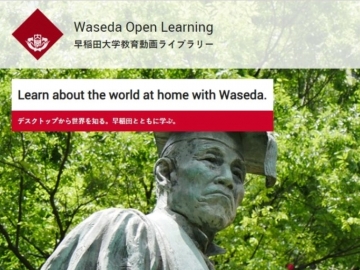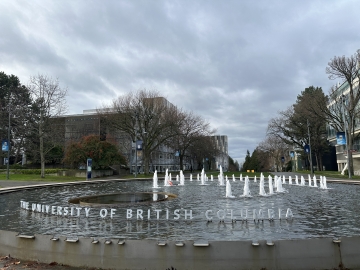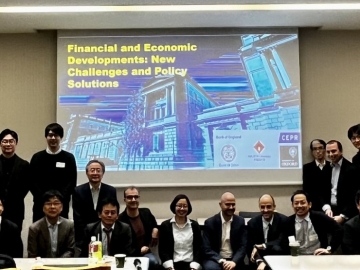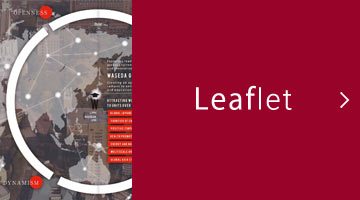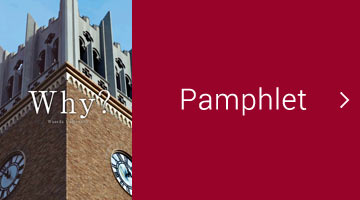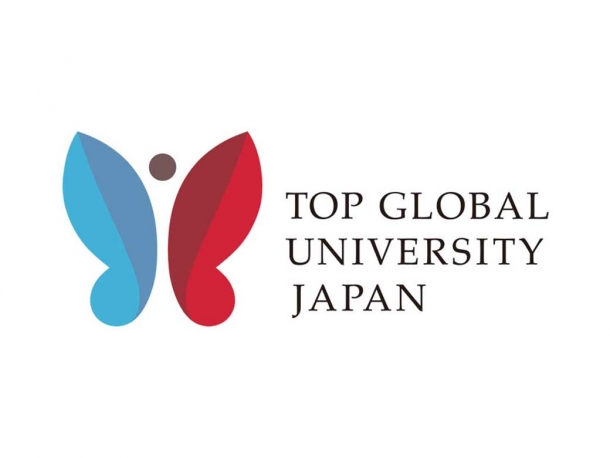“A Spatial Theory of Reading Newspapers” by Luigi Curini of the University of Milan
On November 26, the Center for Positive/Empirical Analysis of Political Economy of the Top Global University Project and the Waseda Institute of Political Economy (WINPEC) Public Opinion Survey Methodology Research Group (organised by Professor Airo Hino) hosted a seminar by Professor Luigi Curini of the Department of Social and Political Science at the University of Milan. Professor Curini, who has published extensively on the spatial theory of political competition, gave a talk titled “A Spatial Theory of Reading Newspapers,” in which he introduced new research aimed at exploring competition among newspapers and the reasoning for their ideological positions using a spatial model.
Professor Curini – who taught the “Applied Scaling & Classification Techniques in Political Science” course during the third quarter at Waseda – began the seminar by showing how newspapers are distributed across a spectrum of political ideology and asking to what extent this distribution is explained by newspapers effectively positioning themselves to capture the maximum possible readership, and to what extent it instead reflects external factors unrelated to commercial competition.
Using original survey data from Italy, which has a rich but very polarised media environment with seven major national newspapers, Professor Curini showed how spatial methods developed to analyse competition among political parties can also be applied to see to what extent newspapers are effectively competing for readers, before introducing results which suggest that tough market competition in the face of dwindling overall readership has pushed Italian newspapers into politically polarised positions designed to appeal as much as possible to their core audiences.
The seminar concluded with a lively discussion among the participants which covered a wide range of topics ranging from the implications of this research for the broader study of polarisation in the media, to an in-depth discussion of consumers’ reading habits regarding newspapers and how this might be reflected in Professor Curini’s model. The seminar provided a great opportunity for scholars to learn about an exciting new advance in the study of media and polarisation.


